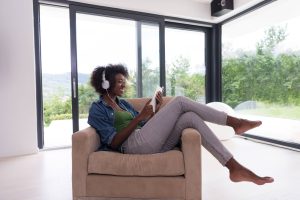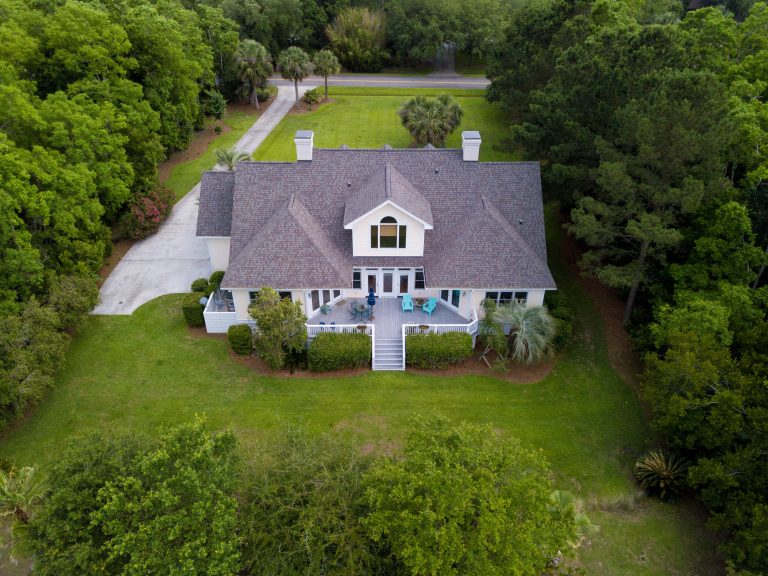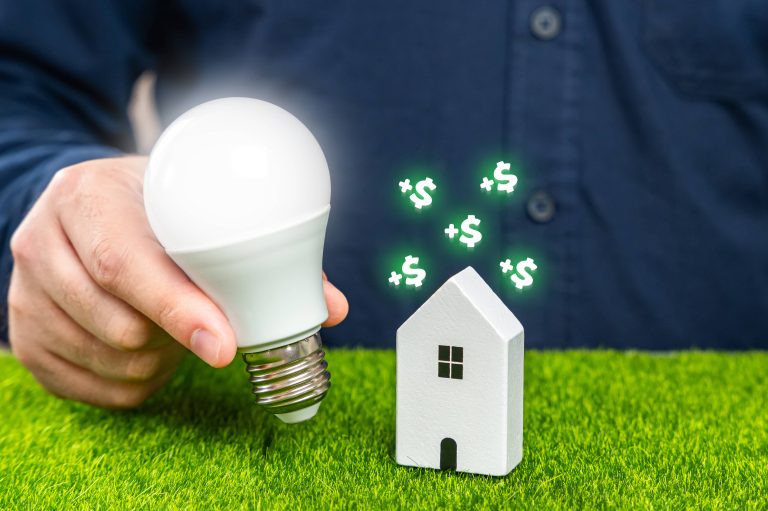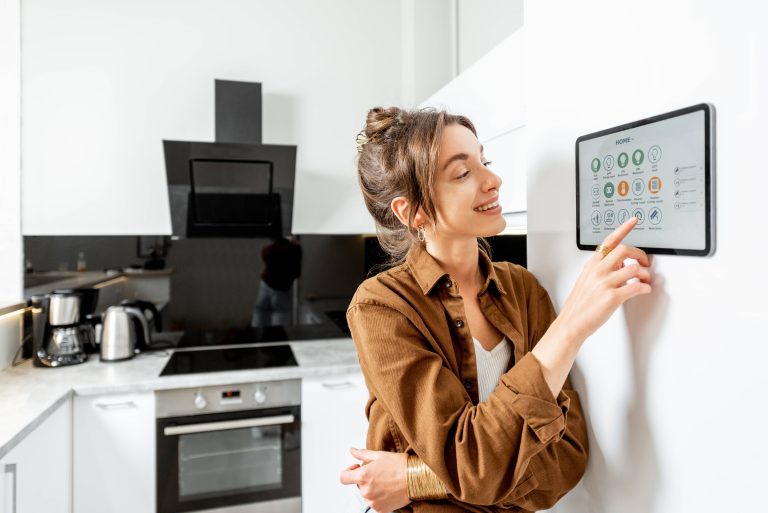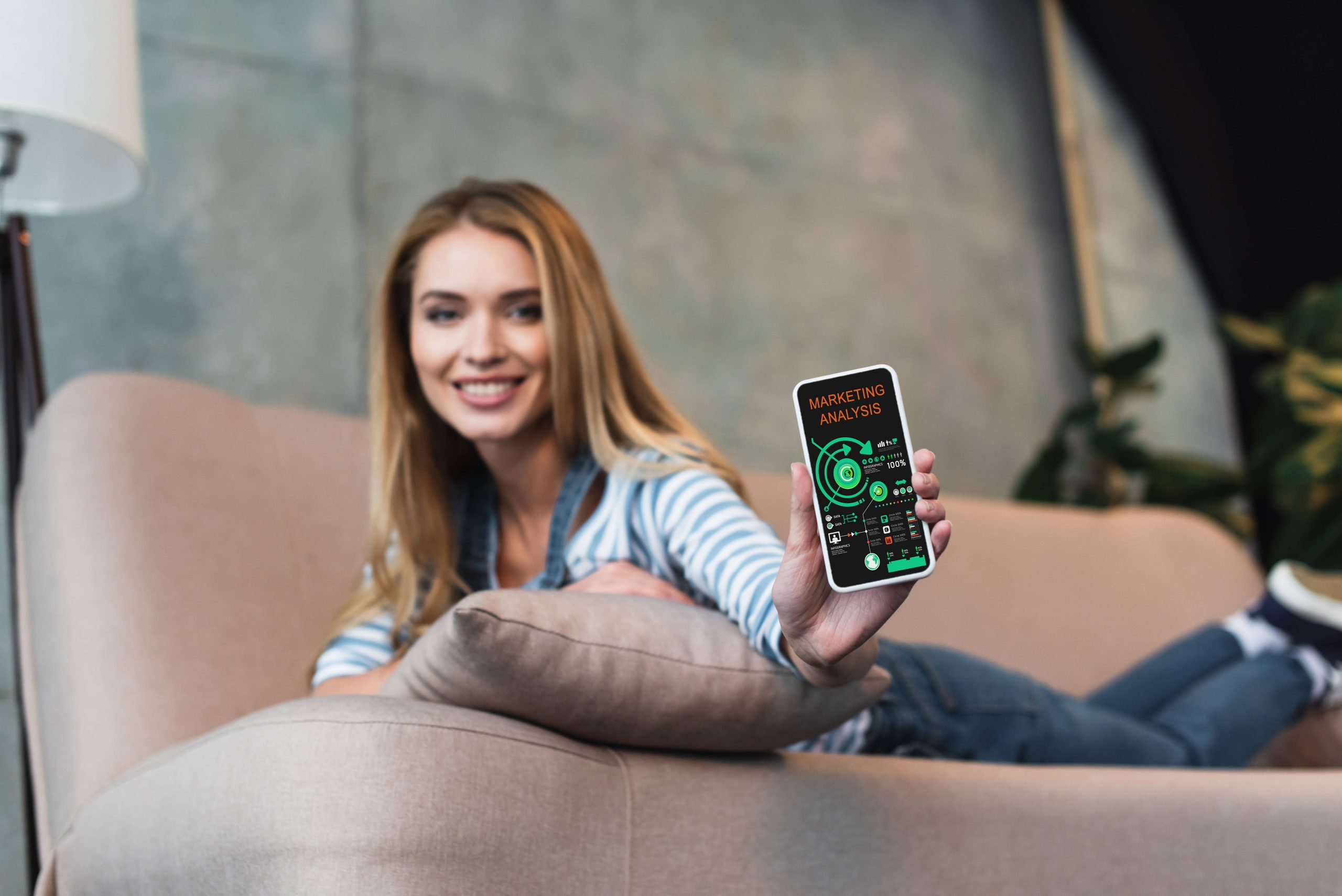
In the ever-evolving realm of smart home technology, the ways we experience entertainment have expanded beyond traditional audio-visual effects. The advent of smart lighting has brought unprecedented opportunities to elevate our home entertainment experiences, taking them from mere viewing or listening to full sensory immersion. Today, we’ll explore how syncing smart lights with music and movies can transform any room into a personal theater or concert venue, creating an atmosphere that’s not just entertaining but deeply engaging.
The Magic of Smart Lighting
Before delving into how to sync your smart lights with music and movies, it’s crucial to understand what smart lighting entails. Smart lights, often controlled through a central hub or mobile app, offer functions like dimming, color changes, and routine settings. Unlike traditional lighting, smart lights can be adjusted to reflect your mood, time of day, or activity. They’re perfect for creating ambiance, and when synced with audio-visual content, they can introduce dynamic changes that react in real-time to what you’re seeing and hearing.
Setting Up Your Smart Lighting System
To get started, you’ll need the following basics:
1. Smart Light Bulbs – Popular choices include Philips Hue, LIFX, or Nanoleaf. These come with Wi-Fi, Z-Wave, Zigbee, or Bluetooth capabilities.
2. A Smart Hub – Necessary for connecting and controlling your lights. Choices include the Philips Hue Bridge or Samsung SmartThings.
3. A Compatible Device – Most setups can be controlled via a smartphone, tablet, or voice assistant (like Amazon Alexa or Google Assistant).
4. Sync Software or Apps – These tools facilitate the actual synchronization of lights with music or movies. Examples include the Philips Hue Sync app, Razer Synapse, or third-party apps like LightDJ.
Syncing Smart Lights with Music
Listening to music becomes a multisensory experience when you integrate visual elements. Here’s how you can sync your smart lights with your favorite tunes:
1. Using Built-In Features: Many smart lights, like the Philips Hue or LIFX, come with their syncing software. For instance, the Philips Hue Sync app can convert any audio input (streaming service, local files, etc.) into lighting cues that match the beat, tempo, and mood of the music.
2. Third-Party Apps and Software: Applications like LightDJ or Razer Synapse offer advanced controls and customizations for syncing lights with music, often offering more complex and varied light patterns and behaviors.
3. Voice Assistants: Devices like Amazon Alexa or Google Home can help you control your lights hands-free. By creating routines or using music skills, you can set lights to change with the music’s rhythm dynamically.
Syncing Smart Lights with Movies
Creating a cinematic environment in your living room can rival the experience of going to a movie theater. Here’s how to set the scene:
1. Philips Hue Sync Box: For users of Philips Hue lights, the Sync Box connects to your HDMI devices, syncing the lights with the colors, brightness, and mood displayed on your TV. This approach ensures the lights respond in real-time to screen action, deepening the visual immersion.
2. Computer Sync: If you watch movies on a computer, the Philips Hue Sync app or Ambilight TV can be used for syncing. Both tools analyze the content on your screen and adjust your smart light settings accordingly.
3. Projector Setups: For a larger, front-projected image, placing smart lights around the room can extend the immersive experience. Apps like ScreenBloom or DIY solutions with Raspberry Pi can help ensure your lights synchronize precisely with your projected image.
Optimizing the Experience
To get the most out of syncing your smart lights with music and movies, consider these tips:
1. Placement Matters: Position your lights strategically. For example, place them behind the TV or around the room’s perimeter to create an encompassing effect. Ambiance-focused lights, like the Philips Hue Signe or LIFX Z Lightstrip, can enhance the immersive feel.
2. Color Scenarios: Take advantage of the extensive color palettes available in smart lights. Use cooler tones to portray calm scenes and warmer tones for action-packed moments. Most sync apps allow detailed customizations, including the option to select specific color scenarios for different types of media.
3. Brightness and Responsiveness: Adjust the lights for optimal brightness that complements the screen without being overpowering. Also, make sure your setup’s responsiveness is quick so that the lights sync fluidly with the media without noticeable latency.
4. Experimentation: Don’t be afraid to play around with settings. Each movie or piece of music may require different lighting setups. For instance, a horror movie would benefit from darker, starker lighting contrasts, while a fast-paced action movie might require brighter and more dynamic light patterns.
Conclusion: Elevate Your Home Entertainment
By syncing smart lights with your music and movies, you can transform your home entertainment experience from ordinary to extraordinary. It’s about creating an atmosphere that immerses you in every beat, melody, and visual moment. As smart home technology advances, the possibilities for personalized and sensory-rich environments grow ever more exciting.
So, whether you’re unwinding with a favorite album or hosting a movie night, let your smart lights lead the way to a new frontier of immersive home entertainment. It’s time to embrace the full spectrum of what smart lighting has to offer and make every experience a memorable one.


